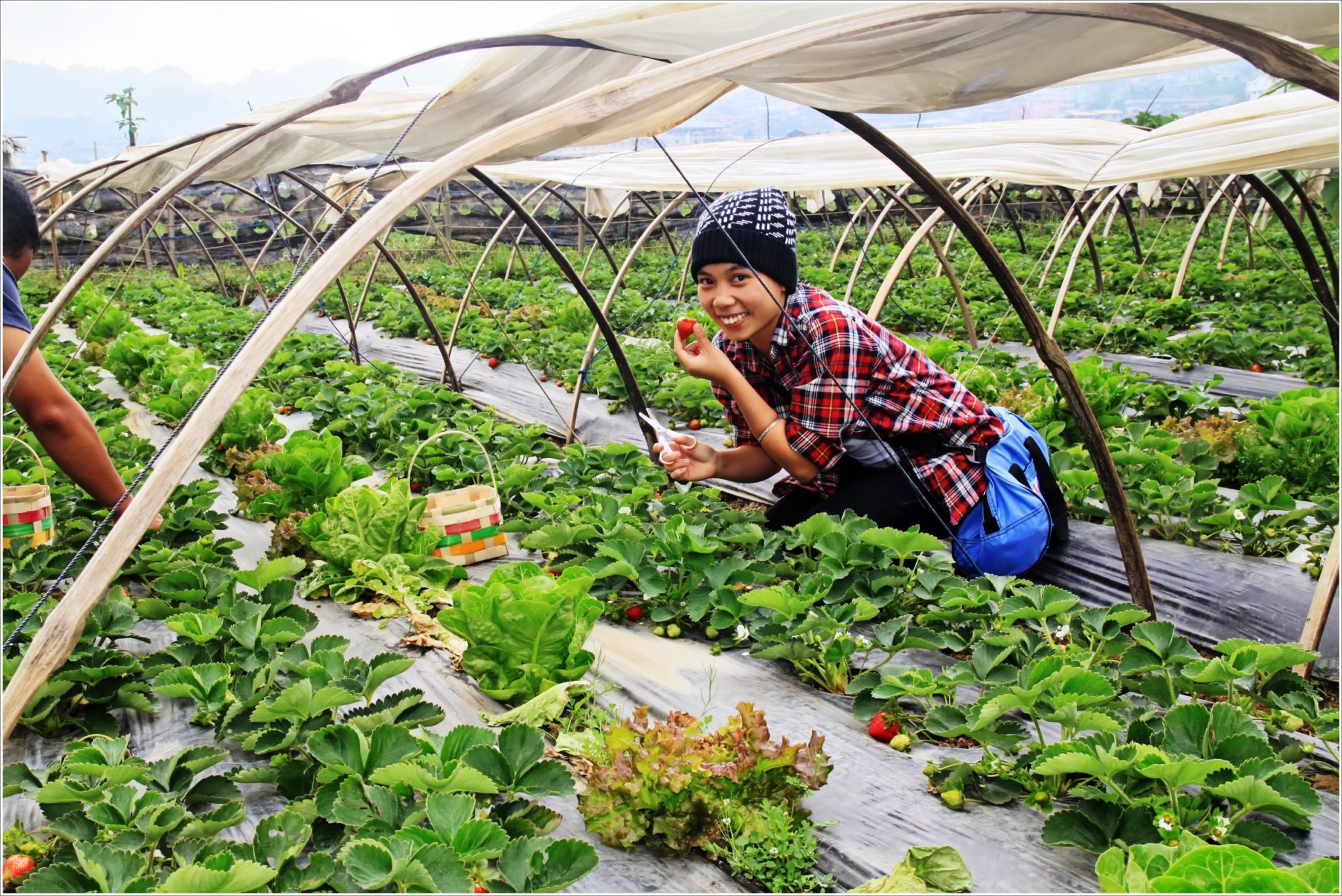Bell Church – Baguio City’s Version of Cebu’s Taoist Temple
(Bell Church view at the Entrance) (Day 4, March 16, 2015) I’ve been in Baguio before but that was my first time setting foot in one of the City’s hidden jewel – the Bell Church. Bell Church is Taoist Church/Temple that…






